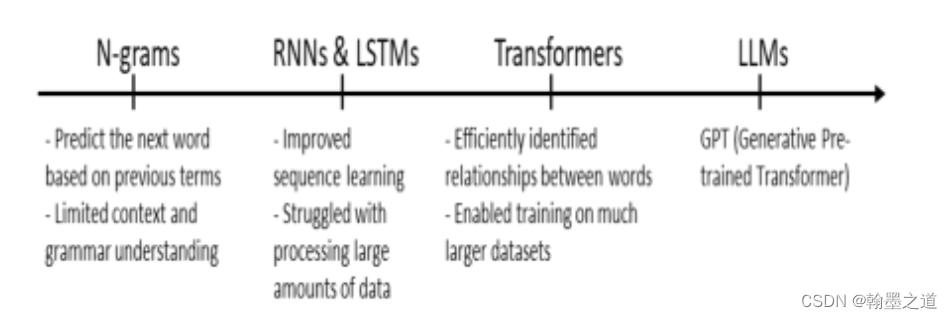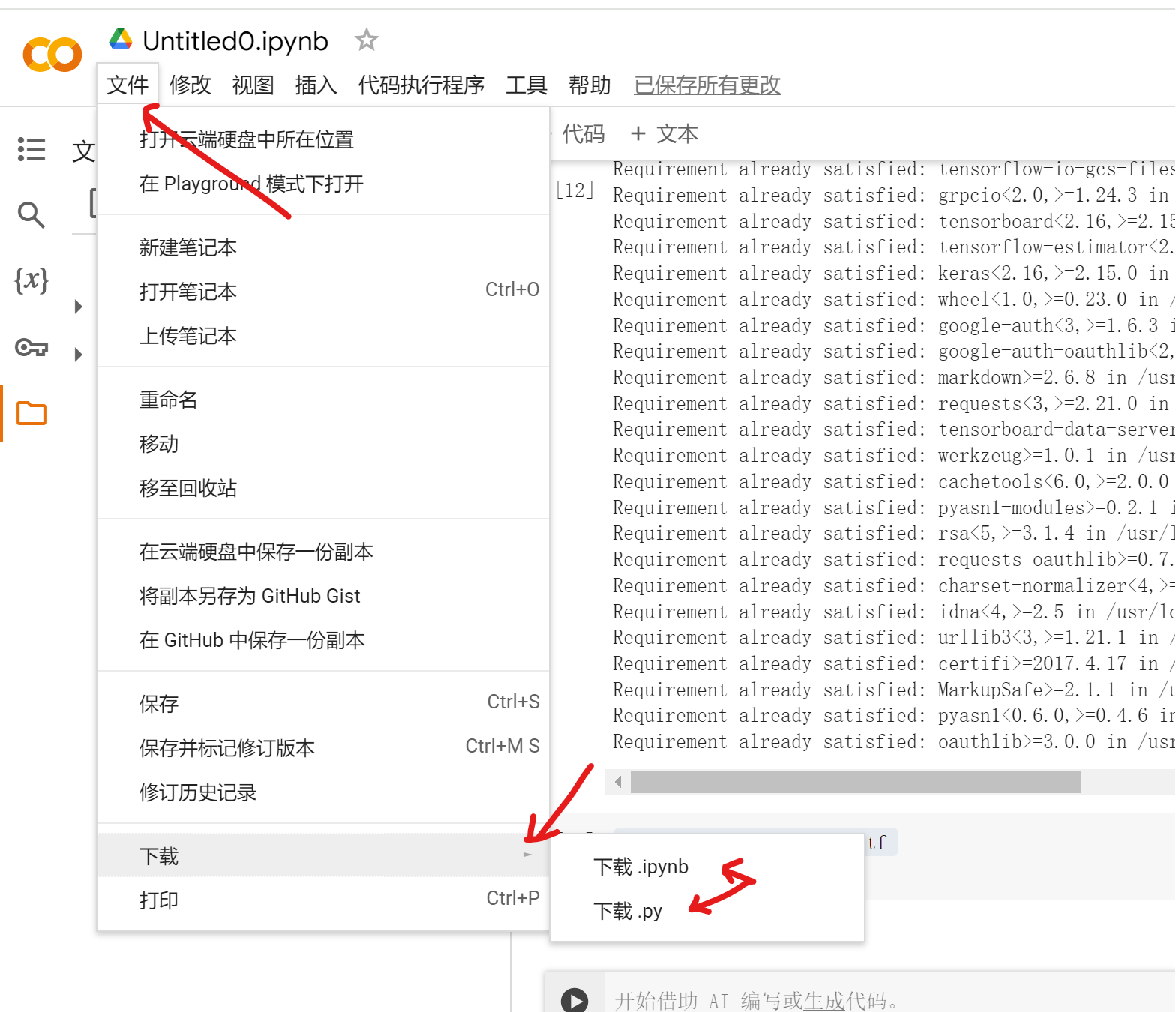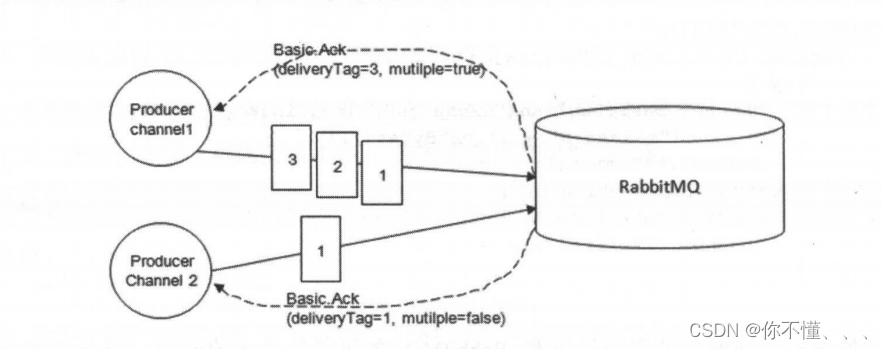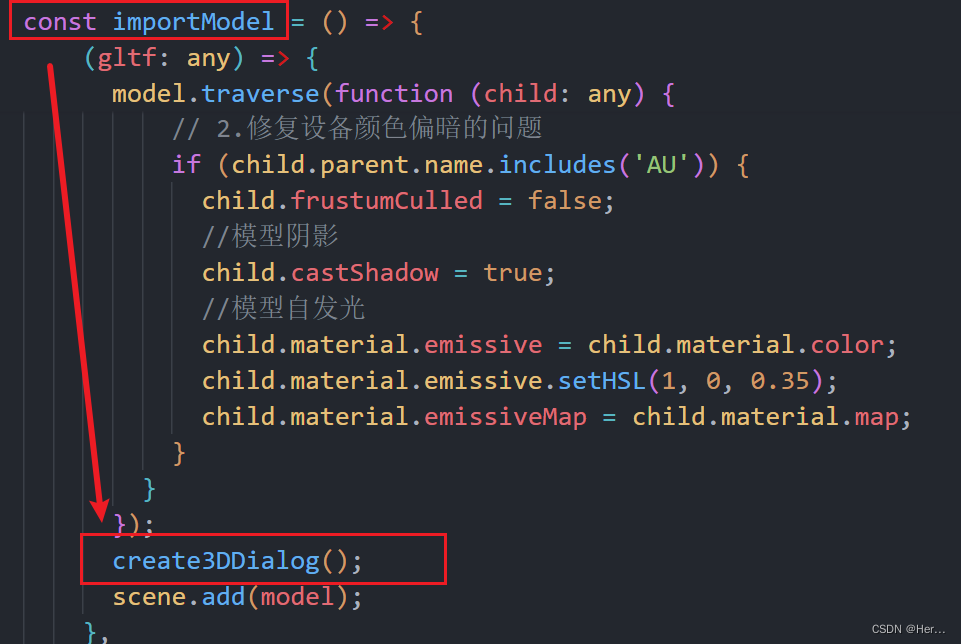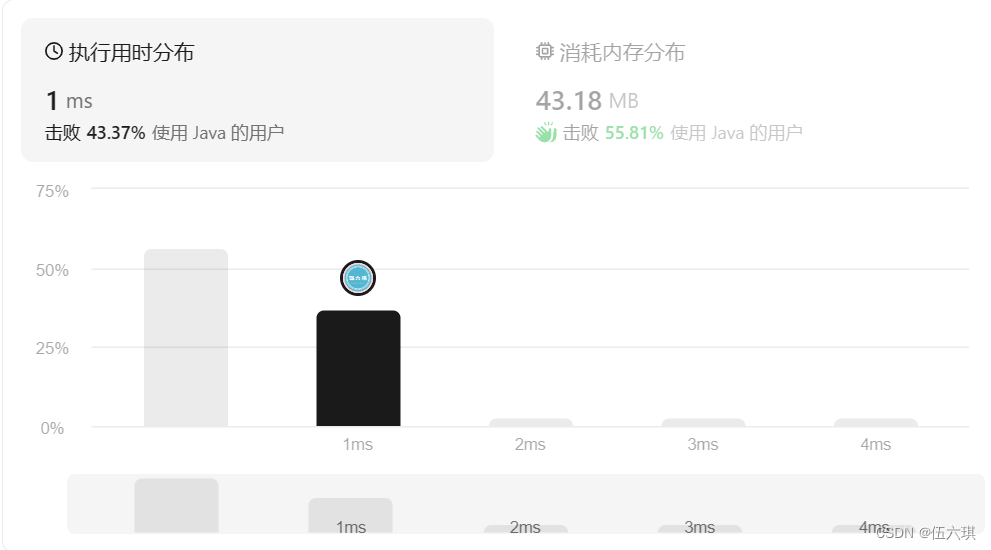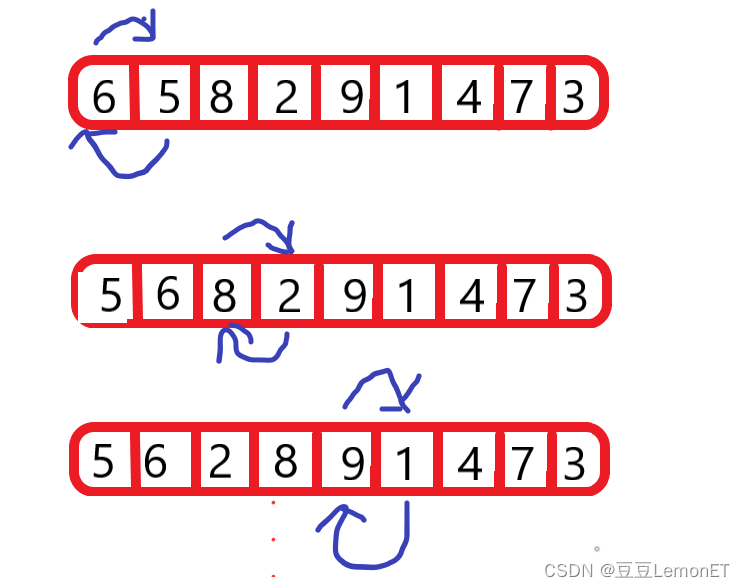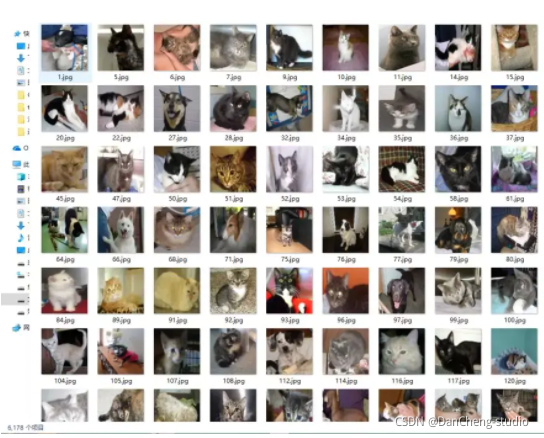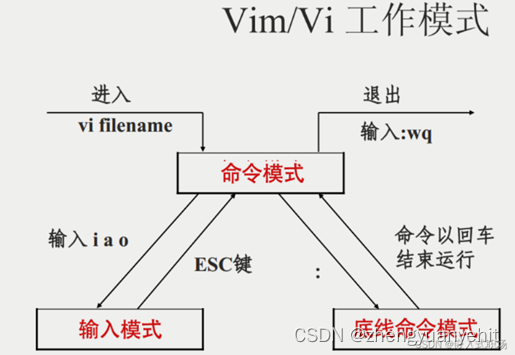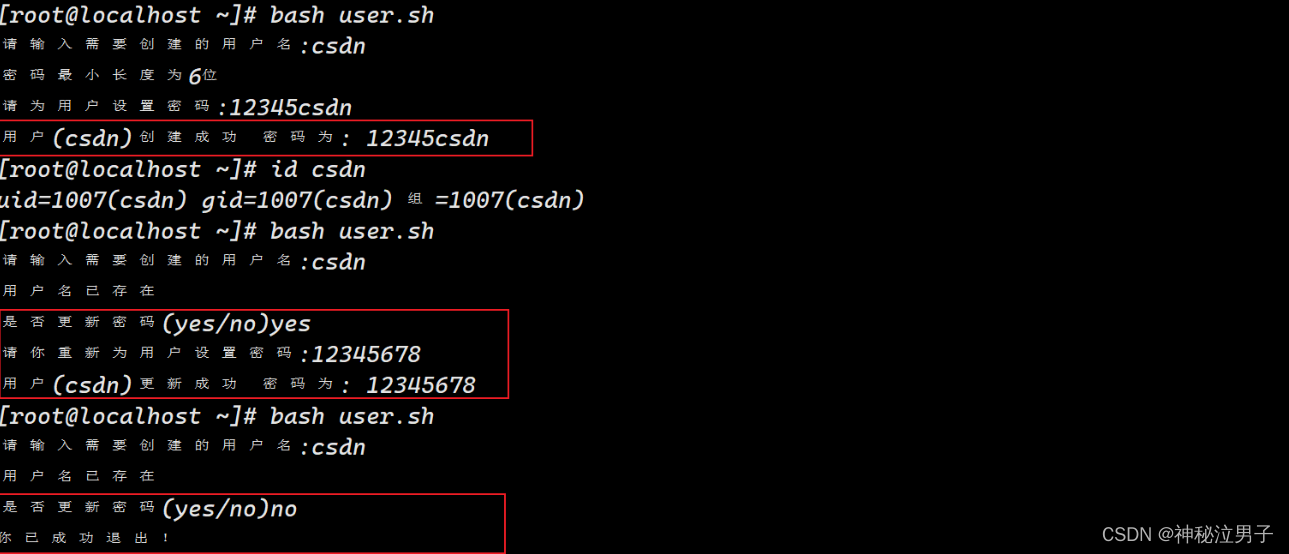3、图的基本要素——边(Edge|Arc)
图的最本质的内容是一种二元关系,如果给这种二元关系赋予一个方向,就产生了有向图和无向图的分类,在教材中,无向的边叫Edge,有向的边叫Arc,另外,根据两个顶点间边的数量,还有多重边的概念,指那些两个顶点间的边多于一条的情况。
边和顶点不同,顶点是实实在在的实体,而边是实体间关系的抽象,是无法直接生成的,必须借助顶点才能准确描述。虽然igraph同样用数字序列标志图中的边,但这只是计算机内部的检索方法,如果想明确边的具体意义,必须借助顶点。
3-1 检索边序列: E(g)函数(结果是边序列)
E(g)的结果也是向量,同样需要用集合的模式去理解,可以求交、并。
E(g)的结果可以用普通向量的模式操作,比如用数字进行索引。
> E(g)
+ 10/10 edges from 6ce6a8b:
[1] 1-- 2 2-- 3 3-- 4 4-- 5 5-- 6 6-- 7 7-- 8 8-- 9 9--10 1--10
> g <- make_ring(10) %>% set_vertex_attr('name',value = letters[1:10])
> E(g)
+ 10/10 edges from 95167b6 (vertex names):
[1] a--b b--c c--d d--e e--f f--g g--h h--i
> E(g)[3:5]
+ 3/10 edges from 95167b6 (vertex names):
[1] c--d d--e e--fj a--j
边序列的数据格式主要为igraph其他函数的参数提供值,并方便检索,但在展示图的结构方面并不直观,所以igraph另外提供了三个命令,从图的结构角度展示边,分别是边列表、邻接列表、邻接矩阵、这部分内容放在图的结构部分。
3-2 E(g)的二次检索:[] & [[]]函数(igraph-es-indexing)
E(g)同样可以与单方括号、双方括号联用,检索边。方括号中可以是数字(边的索引号),也可以是边的属性(如果有的话)。
单方括号只显示符合条件的边,而双方括号则把符合条件的边的所有属性一并显示。
> edge_attr(g) <- list(weight=rep(1:5,2))
> edge_attr(g)
$weight
[1] 1 2 3 4 5 1 2 3 4 5
> E(g)[weight==2]
+ 2/10 edges from 95167b6 (vertex names):
[1] b--c g--h
> E(g)[[weight==2]]
+ 2/10 edges from 95167b6 (vertex names):
tail head tid hid weight
2 b c 2 3 2
7 g h 7 8 2
> E(g)[[1:3]]
+ 3/10 edges from 95167b6 (vertex names):
tail head tid hid weight
1 a b 1 2 1
2 b c 2 3 2
3 c d 3 4 3
请注意,图可能有边名称和顶点名称,两者都可以用于选择边。边名称可以看作数字边id向量的名称(name)。顶点名称实际上只适用于没有多重边的图形,并且必须用|字符分隔才能选择与两个给定顶点相关的边。
3-3 方括号中的特殊函数:%--% %->% %<-%
如前所述,边描述的是顶点间的关系,而图应该基于集合的理念图操作,那么问题来了,可否用顶点的集合来检索边序列?当然可以,igraph提供了三个函数:
> g <- sample_pa(20)
> plot(g)
> E(g)[1:3 %--% 4:7]
+ 3/19 edges from ae4102a:
[1] 4->1 5->3 6->1
> E(g)[1:3 %->% 4:7]
+ 0/19 edges from ae4102a:
> E(g)[1:3 %<-% 4:7]
+ 3/19 edges from ae4102a:
[1] 4->1 5->3 6->1

igraph中一些函数的返回结果,只返回符合条件的顶点索引号(或顶点名,如果设置了的话),如果想返回这些顶点的边序列,可以用E()重新检索一下:
> d <- get_diameter(g)
> E(g,path = d)
+ 3/19 edges from ae4102a:
[1] 17->11 11-> 6 6-> 1
> V(g)$name <- paste0('L',1:gorder(g))
> get_diameter(g)
+ 4/20 vertices, named, from ae4102a:
[1] L17 L11 L6 L1
> E(g,path = d)
+ 3/19 edges from ae4102a (vertex names):
[1] L17->L11 L11->L6 L6 ->L1
3-4 显示全部或指定边的属性:edge_att函数
> g <- make_ring(10) %>%
+ set_vertex_attr('name',value = letters[1:10]) %>%
+ set_edge_attr('weight',value=rep(1:5,2)) %>%
+ set_edge_attr('color',value = rep(c('orange','blue'),5))
> plot(g)
> g
IGRAPH 36b121b UNW- 10 10 -- Ring graph
+ attr: name (g/c), mutual (g/l), circular (g/l), name (v/c), weight
| (e/n), color (e/c)
+ edges from 36b121b (vertex names):
[1] a--b b--c c--d d--e e--f f--g g--h h--i i--j a--j
> edge_attr(g)
$weight
[1] 1 2 3 4 5 1 2 3 4 5
$color
[1] "orange" "blue" "orange" "blue" "orange" "blue" "orange" "blue"
[9] "orange" "blue"
本函数同样可以检索指定边的属性,但要注意的是,在调用函数时,如果不能按形参位置分配实参的话,需要在实参前面明示形参名,比如:
> edge_attr(g,1:3)
Error in .Call(R_igraph_mybracket2, graph, igraph_t_idx_attr, igraph_attr_idx_edge)[[name]] :
在1层没有这一索引
> edge_attr(g,index = 1:3)
$weight
[1] 1 2 3
$color
[1] "orange" "blue" "orange"
如同其他OOP语言的对象,在对象之外是无法直接引用对象的属性的,需要通过对象来引用其属性。igraph中边的属性也是这样,如需引用,用E(g)$weight的方式

3-5 设置全部或指定边的属性:edge_attr <-函数,单独使用,每次调用可以同时设置多个属性
> g <- make_ring(10)
> edge_attr(g) <- list(
+ weight=1:10,
+ color=rep('red',10)
+ )
> edge_attr(g)
$weight
[1] 1 2 3 4 5 6 7 8 9 10
$color
[1] "red" "red" "red" "red" "red" "red" "red" "red" "red" "red"
注意事项同vertex_attr <-函数
3-6 只显示边属性名:edge_attr_names函数
> edge_attr_names(g)
[1] "weight" "color"
3-7 设置顶点属性:set_edge_attr函数,在管道函数中使用,每次调用只能设置一个属性
示例见前。
3-8 设置边属性:语法糖E(g)$,每次调用只能设置一个属性
g <- make_star(10, center=10)
E(g)$width <- sample(1:10, ecount(g), replace=TRUE)
3-9 图的阶数(order)和规模(size)函数:gorder() & gsize()
> # ecount() 和 gsize()相同,指图中边的数量
> ecount(g)
[1] 10
> gsize(g)
[1] 10
> # vcount() 和 gorder()相同,指图中顶点的数量
> vcount(g)
[1] 10
> gorder(g)
[1] 10




